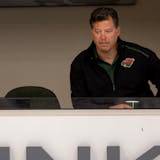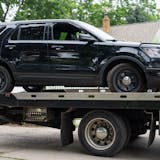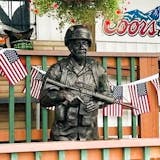The elections (and seemingly nonstop ads) are over. Now leaders from every ideology and every part of our state need to come together to consider how to make Minnesota stronger and more competitive, before the legislative session begins in January.
As George Washington says in "Hamilton": "Winning was easy, young man. Governing is harder."
Minnesota is now the only state in the U.S. with a divided legislature, where a different party controls each body. According to the National Conference of State Legislatures, the last time there was only one divided legislature in the country was more than 100 years ago, in 1914. We're good at voting in Minnesota, and we're also good at arriving at unique outcomes.
Rather than lament our one-of-a-kind status, let's seize the opportunity to find areas of agreement and show the nation we can get things done. Instead of gridlock, let's make progress.
Our advice to Gov.-elect Tim Walz, the GOP-led Senate and the DFL-led House is to focus on issues that matter to our economic competitiveness, including workforce development, education, transit and housing.
In this competitive environment, we must be laser-focused on attracting and retaining the best and brightest talent. We need the Minneapolis-St. Paul region and our entire state to be a finely tuned economic engine that welcomes business and supports innovation and growth. We are confident this can be done with a careful eye on the bottom line in a state that is already on the higher end of the taxation spectrum.
Here are three areas we believe are critical to creating prosperity at all levels in our state, and where DFLers and Republicans should be able to find common ground:
Transit and transportation: Minnesota must expand its transit systems across the state to increase access to jobs and attract future workers, many of whom don't want to use a car. Transit use benefits both those on a bus or train and those in a car who benefit from fewer drivers on the road. Eighty percent of metro-area transit riders are headed either to work or to school, and 40 percent of workers in downtown Minneapolis get to work using transit. This is an issue with broad support — a recent poll we conducted found that 58 percent of Minnesotans want to use transit more frequently and 74 percent support making additional investments in transit.



